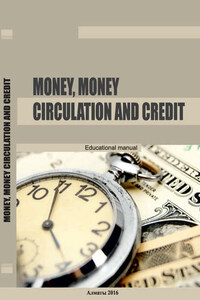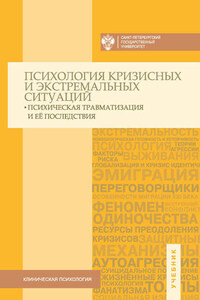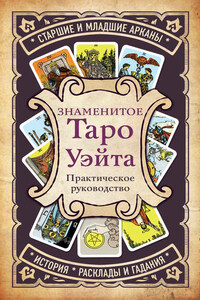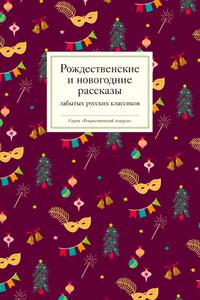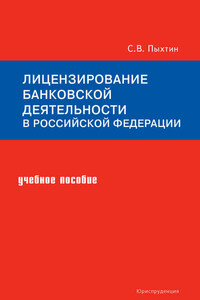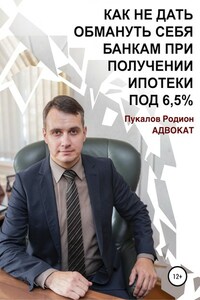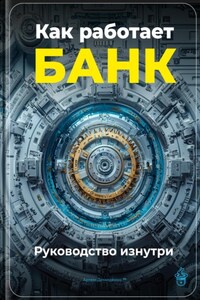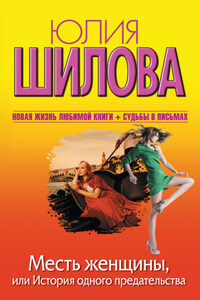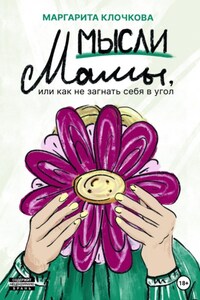1.1.1. The necessity and essence of money
Money is probably one of the greatest inventions of a human thought. It hasn’t any analogues in an animated nature. The whole structure of the modern economy is determined by the existence of money. The world economy has two basic theories of the money origin: rational and evolutional.
According to the rational theory money is the result of an agreement between people who invented them as a special instrument used for goods exchange.
The followers of this theory were such famous American economists as John Kenneth Galbraith, Campbell R. McConnell, Stanley L. Brue, Paul Anthony Samuelson, etc.
At present time when the modern types of money are in daily use (paper and electronic money) this theory looks quite reasonable and reliable. However it doesn’t discover any mystery in the money nature understanding. Though the rational theory followers themselves do not deny it.
The second theory was offered by Karl Marx. He affirmed that the money mystery will disappear if retrace their history «… from the simplest form of exchange to the brightest – monetary form».
Karl Marx linked the evolutional theory of money origin with the labor theory of value whereof follows that the cost of good measures by the quantity of abstract labor (i.e. labor in common, not exact) spent on its production.
Nowadays the majority of native scientists hold the evolutional theory of the money origin. There are several stages of the money evolution history:
The first stage is simple or elementary form of value.
The money origin date to 7>th-8>th millenium B.C.E. when the primitive people recognized some surpluses of the products which could be changed on the other required products, i.e. the exchange occurred at random: one product valued by another opposite. Marx wrote that this form is not so simple as could seem because it has two poles of value expression.
On the first pole is the good which expresses its value, which plays the active role (relative form of value); and on the second pole is the good which is used as a material for the first good value expression, which plays the passive role and is in an equivalent form. Thus, the relative and the equivalent forms are the two poles of the value expression.
The equivalent form of value has Эквивалентная форма стоимости some features:
The use value of the equivalent good serves as a form of the opposite good value expression;
The concrete labor spent on the equivalent good production serves as a form of the opposite abstract labor expression;
The private labor spent on the equivalent good production serves as a form of the opposite social labor expression.
The second stage is a total or expanded form of value.
The labor division with the human productive power development which expended the range of the got goods strongly resulted the requirement in the labor products exchange. Initially it was a simple exchange of one good on another which in small scale is still applied up to now and is known as «barter».
With the pastoralist and agricultural tribes’ development the first big social division of labor: people began to exchange many different social labor items and goods of relative form of value. The substantial fault of this form of value that the value of each good doesn’t get reasonable expression because of a wide range of the equivalent goods exsistance.
The third stage is a general form of value.
With an increase of the exchange operations volume and the range of exchanged goods the natural exchange on the principle of «the good for the good» became more and more problematic, led to the time loses during the searches of companions or to direct damages if perishable goods staled.
